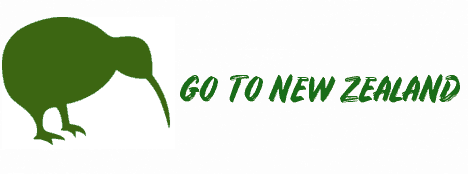New Zealand Frogs
New Zealand’s native frogs are smaller than common frogs and are nocturnal. They belong to the genus Leiopelma, an ancient and primitive group of frogs. The frogs have changed very little in 70 million years. New Zealand now has four species of native frogs, all of which are endangered.
The other original 3 species are now extinct after the arrival of humans and introduced pests. The Maori name for frogs is pekeketua and these frogs are all descended from an ancient genus of frogs (Leiopelma) which evolved several hundred million years ago and have themselves not changed very much in the last 70 million years. (The only native frogs as primitive as this is the tailed frog in North America)
New Zealand’s frogs are different from the world’s other frogs, in that they have some very distinctive features. They don’t have tadpoles, instead the female frog lays eggs, and the young frog hatches almost fully formed.
The frog is then cared for by its father (who carries it around on his back) until it reaches full adulthood a few weeks later.
Neither do native New Zealand frogs have the distinctive croak of more ‘modern’ frogs, making a faint squeaking noise instead. They also do not have webbed feet nor an external eardrum, making these unique native frogs recognisable from other species. (There are also three introduced species of frog in New Zealand, but they have a loud croak and a tadpole stage)
The four surviving native species are Archey's frog, Hamilton's frog, Hochstetter's frog, and the Maud Island frog.
Hamilton’s frog is one of the world’s most endangered frogs and can only be found on Stephen’s Island in the Cook Strait (in a small 600 square metre area) with a population of only about 200. It has a life expectancy of about 23 years.
Hochstetter’s frog is the most prolific frog, found around a lot of the North Island. It grows to about 4.8 centimetres, and is a dark brown colour.
The Maud Island frog has a population of almost 20,000, but is only to be found on Maud Island in the Marlborough Sounds.
Archey’s frog is the smallest of all the native species, reaching a length of 3.7cm, for the male. It can be found on the Coramandel Peninsula and near Te Kuiti.
The frogs’ habitat is mainly forested, rather than swamps or ponds, living under rocks, rotting logs and under plants.
Frogs are in danger worldwide, since they are extremely sensitive to pollution, disease and other environmental factors. In New Zealand conservation efforts have included establishing populations in other areas, for example, a second population of Hamilton’s frog has been established on Stephen’s Island. This is insurance against one population being destroyed by fire or other dangers.
